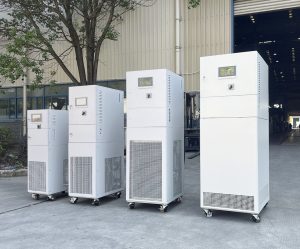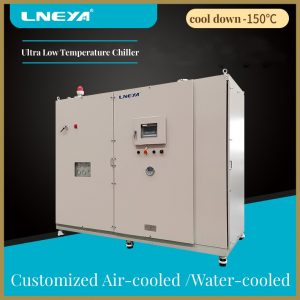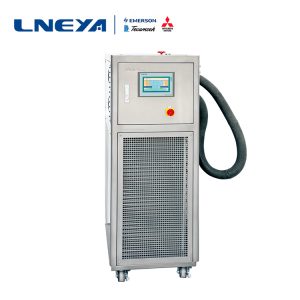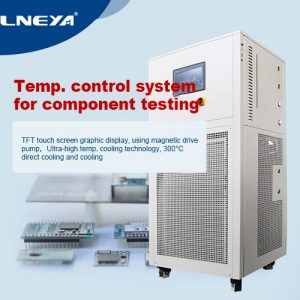Which part of the chip testing system requires high and low temperature control?
In the chip testing system, the environmental control equipment requires high and low temperature control. Specifically, this section mainly includes the following two key devices:
- High and low temperature test chamber (also known as temperature chamber or temperature control chamber): This is a closed device that can accurately control temperature within a set range, used to simulate the working environment of chips under extreme or specific temperature conditions. During the chip testing process, the chip under test (DUT) or the entire testing device (including the test socket, interface board, etc. where the DUT is installed) will be placed in the test box. The high and low temperature test chamber can automatically heat and cool, and test according to the preset temperature cycle mode (such as temperature range, lifting rate, holding time, etc.). This can evaluate the electrical performance, functional stability, thermal behavior, and potential reliability issues of chips under high temperature, low temperature, or rapid temperature changes (temperature shocks).
2. Temperature control system: For certain testing applications that require precise temperature control and rapid temperature change response, independent temperature control units may also be equipped, such as heat flow meters, thermoelectric refrigerators (TECs), etc. These devices can directly come into contact with chips or test fixtures, achieving fast and accurate temperature control of the chip’s local area.
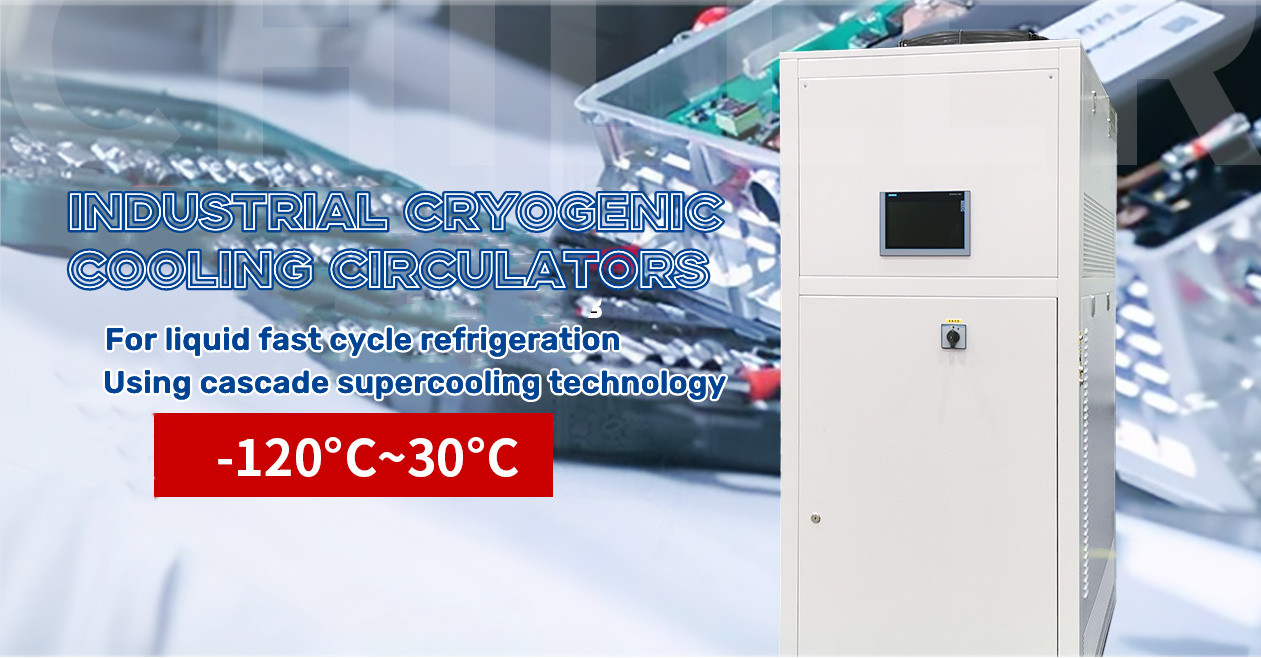
For example, in the high and low temperature testing of microcontroller MCU chips, such temperature control devices may be used in combination with high and low temperature testing machines to accurately control the operating temperature of the chip. The application of high and low temperature control in chip testing is mainly reflected in the following aspects:
^Tolerance test: Check whether the chip can still function normally even when it exceeds the normal operating temperature range (such as -40 ° C to+125 ° C or a wider range), as well as the performance degradation.
^Thermal stress testing: Evaluate the thermal fatigue and potential thermal mechanical failure risk of chips by simulating possible cold and hot impacts in practical applications through rapid temperature changes (temperature cycling).
^Thermal characteristic analysis: Determine the thermal resistance, thermal diffusion coefficient, junction temperature and other thermal parameters of the chip to help optimize heat dissipation design and thermal management strategies.
^Reliability verification: Running chips at extreme or edge temperatures for extended periods of time to accelerate exposure to potential lifespan related issues such as early failure, aging effects, etc.
^Functional verification: Verify the functional consistency of the chip at different temperatures to ensure that it meets the design specifications throughout the entire operating temperature range.
In summary, the part of the chip testing system that involves high and low temperature control is mainly used to provide and accurately control the environmental control equipment of the testing environment temperature, including high and low temperature test chambers and temperature control systems, which are crucial for evaluating the performance, stability, and reliability of the chip under various temperature conditions.
INQUIRY
We have developed and implemented numerous options to help our customers find cost-effective industrial cooling solutions. We have an experienced team ready to assist you with your specific requirements. For your convenience, if you have any specific needs, please feel free to call or email and we will promptly respond to your request.


Email: sales@cnzlj.com
WhatsApp: 086 13912479193
Related recommendations
-
Where do you need explosion-proof water chillers?
1316Explosion-proof refrigeration unit water chillers (explosion-proof chillers) are mainly used in environments with explosion risks to ensure the safety and reliability of the cooling process. This type of equipment is specially designed to ...
View details -
The Role of Chemical Refrigeration Temperature Control Unit
1593In pharmaceutical and chemical plants, the raw materials inside the reactors involved in industrial production require rapid cooling and cooling. In order to achieve this goal, the reactor undergoes direct refrigeration and cooling, thereby indi...
View details -
500 liter reactor cooler selection instructions
1553The 500 liter reactor chiller is used more in the pharmaceutical industry. Therefore, the user needs to select a regular manufacturer when selecting, and at the same time, understand the features and configuration. For the selection of 500 liter r...
View details -
What should I do if the heat transfer oil heater is not enough?
1699The heat transfer oil electric heating device is also called high and low temperature integrated machine, refrigeration and heating integrated machine, refrigeration heating dynamic temperature control system, and replaces the traditional electric...
View details
 LNEYA Industrial Chillers Manufacturer Supplier
LNEYA Industrial Chillers Manufacturer Supplier









